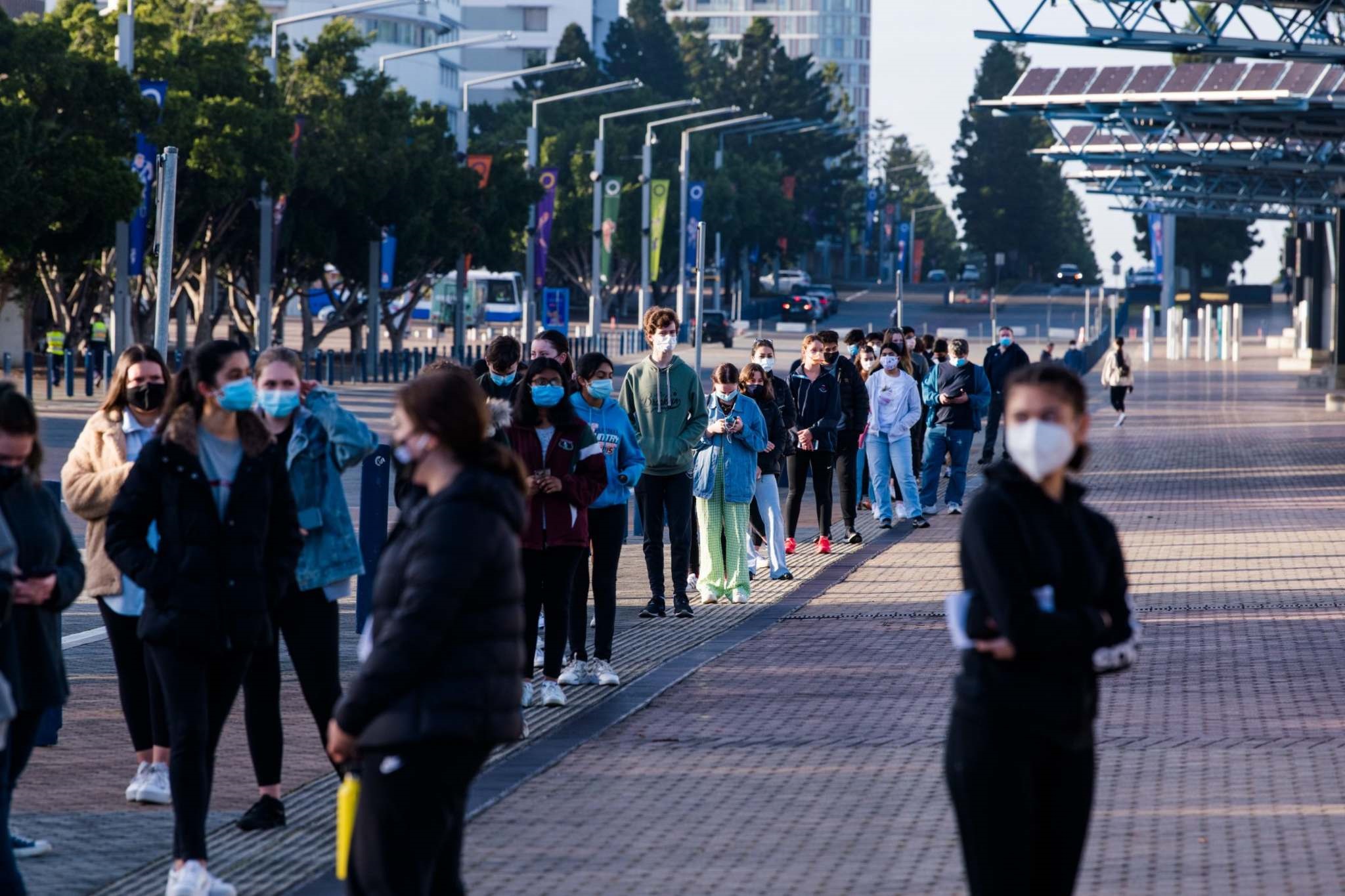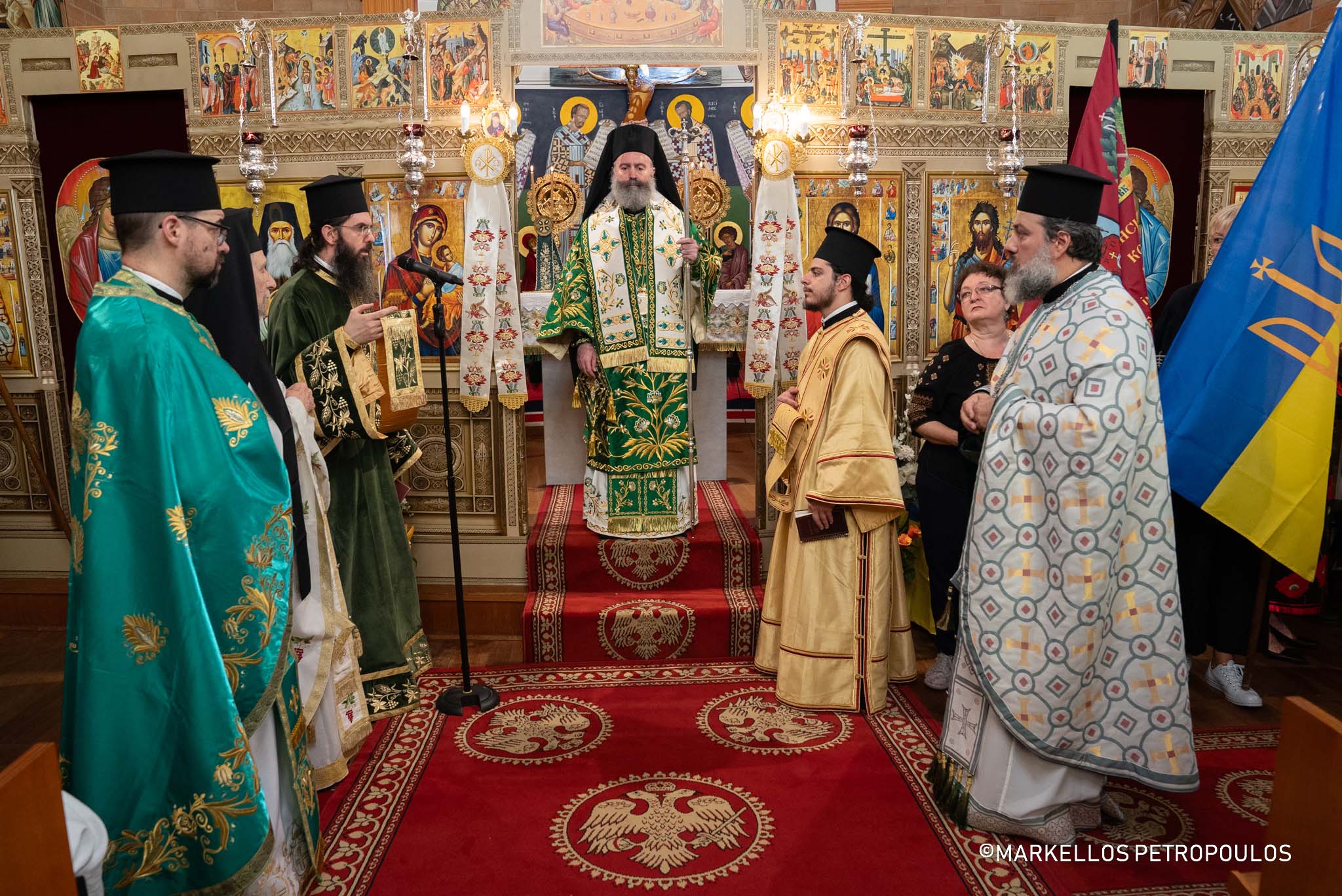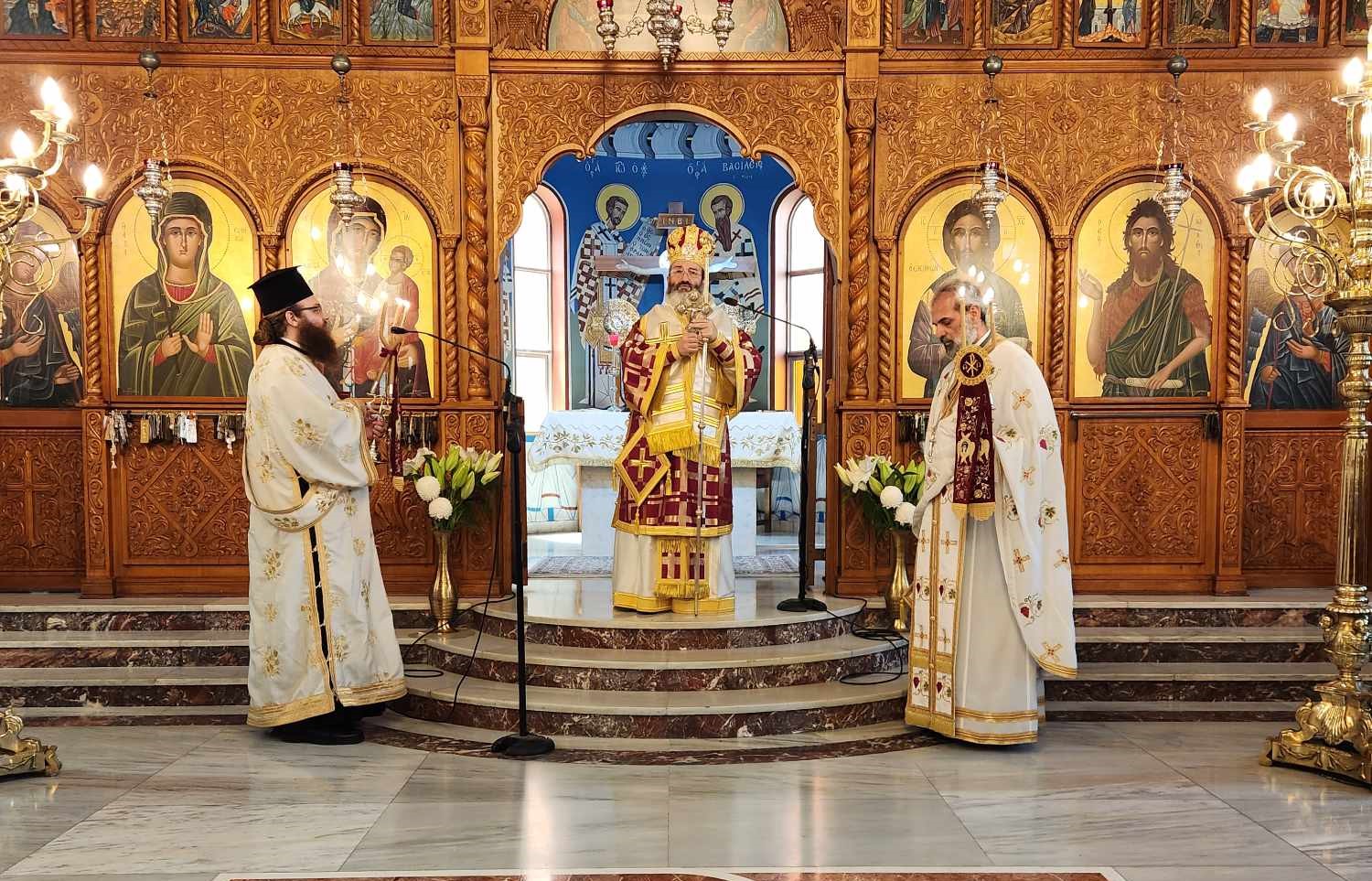What are the new school rules for NSW? And what do they mean for me?


The NSW government has announced its back-to-school plan for the state’s students, who are all learning from home under lockdown restrictions.
Premier Gladys Berejiklian said on Friday there will be a staggered return next term, with different year groups returning each week. There will be mandatory vaccinations for all school staff, mask requirements and social distancing measures to ensure schools are COVID-safe environments. Here are the key details.
What is the plan from October 25?
From October 25, schoolchildren will start returning in stages. Kindergarten and year 1 will go back first, while year 12 will be allowed full access to their school rather than just a few hours a day ahead of their HSC exams.
The next step is for years 2, 6 and 11 to return on November 1. The rest of the students – years 3, 4, 5, 7, 8, 9 and 10 – will head back on November 8, which is the sixth week of term four. This will give students at least six weeks at school before the Christmas holidays begin.
If a community or area in NSW exits the current “stay-at-home” orders between now and October 25, it will be able to return to school as normal immediately. This could apply to regional towns if they exit lockdown in the coming weeks.
However, if “stay-at-home” restriction remain, returning to school from October will still be based on strict conditions.
“It is our intention that schools will only return in communities where vaccination rates are high and community transmission is low,” NSW Education Department boss Georgina Harrisson told a parliamentary hearing on Friday.
Does that mean some schools might not return?
This means some students could keep learning from home, even beyond October 25. Schools will have to meet two benchmarks if they are to reopen on that date, according to the new plan.
Firstly, a “high vaccination” threshold. The government expects that NSW will reach a 70 per cent vaccination target in mid-October, which would align with the Doherty Institute modelling that says restrictions can loosen once that benchmark is achieved. Most parts of the state will probably meet this condition.
Secondly, a “low community transmission” threshold. This could cause delays in some areas because the rate of COVID-19 transmission in the broader community will determine the likelihood of transmission within a school community.
NSW Health and the Education Department are considering adopting definitions set by the United States’ Centre for Disease Control and Prevention (CDC), to determine appropriate levels of community transmission for schools to open.
Under the NSW government’s interpretation of the CDC guidelines, areas would have to record fewer than 50 new COVID-19 cases per 100,000 people within the previous 14 days to be considered to have “low transmission” and to keep schools open.
“If cases in certain LGAs increase significantly, learning from home will resume for that LGA until case numbers drop,” a government statement says.
I live or go to school in an LGA of concern. What does this mean for me?
If vaccination rates improve and case numbers drop between now and late October, local government areas may no longer be designated “areas of concern” or be subject to tighter restrictions under the public health order.
But if there are still “local government areas of concern” in the public health order come October 25, these areas will continue to learn from home. This applies to students who either live or go to school in the local government area.
Ms Harrisson said that “any LGA that is identified in the public health orders as an LGA of concern will not be returning under this plan, until they are removed from being LGAs of concern”.
This means that the areas of concern in west and south-west Sydney will continue remote learning until they are officially removed as areas of concern, even if that comes after October 25. It will also apply to any new areas that are included in the public health order.
Education Minister Sarah Mitchell has refused to be drawn on which LGAs were least likely to return on present case numbers.
“I can’t pre-empt what advice that will be this far out,” she said.
What will school look like?
Schools will not operate as normal until restrictions in the community lift. You can expect reduced mingling between year groups, face masks and staggered break or school start times.
Ms Harrisson said schools would be restricting activities between established student cohorts. “This may be in class, grade or stage groupings depending on the organisation of the school,” she said. “Schools will consider, where practical, physical distancing and limited interactions between groups.”
This may include separate entry and exit points, different start and finish times, as well as staggered recess and lunch breaks, to reduce contact between student cohorts and staff. These are considered “level three plus” settings for schools.
Face masks will also be compulsory for high school staff and students, as well as primary school staff. Masks will be strongly recommended for primary school students, but not mandatory. “It’s going to be encouraged because we recognise the challenges of securing a mask onto a kindergartener throughout the day, but our intention is to provide for that [mask wearing] wherever possible,” Ms Harrisson said.
What will happen to the HSC exams?
The government also announced on Friday that HSC written exams had been further delayed until November 9. We know that the NSW Education Standards Authority wants to run as many exams as possible, but it will not release its examination timetable until early to mid-September.
“At this stage we are planning for and preparing for the HSC written exams to occur as usual,” NESA chief executive Paul Martin said on Friday. He said all students would sit at least one exam.
“At this stage, holding no exams at all is not being considered by the NESA board because the health advice indicates we can run exams based on a range of considerations and factors,” he said.
The November 9 date has been selected because all students should have access to vaccination by then, allowing exams to be held as safely as possible.
“Some 70,000 students will be able to go for their English exam because we anticipate vaccination rates to have reached what the targets are,” Mr Martin said.
“We will have really strict protocols in place for those students at the exam rooms, numbers of students in rooms, the invigilation, mingling before and after, mask wearing … Whatever the health requirements are of that day and of that time, we will follow.”
Ms Harrisson clarified that there would be no compulsory vaccinations for HSC students.
“We have not mandated any vaccination requirements for our students. We have simply tried to ensure that every student in those LGAs who is sitting their HSC examination this year has the opportunity to get vaccinated,” she said.
I work at a school. What does this mean for me?
The government will make it compulsory for anyone who works in a school setting to be vaccinated against COVID-19. This includes teachers, support staff and administration staff.
“Double doses of COVID vaccinations will be mandatory for any staff on school sites from 25 October and for all school staff from 8 November,” the NSW Department of Education told principals in an email.
NSW Health will be providing priority vaccinations at Qudos Bank Arena for school staff the week beginning September 6. The Education Department estimates that two-thirds of its staff have already had their first dose.
“For those who refuse to be vaccinated, it will not be possible for us to maintain their employment in a school setting under this public health order,” Ms Harrisson said.
Source: smh.com.au




